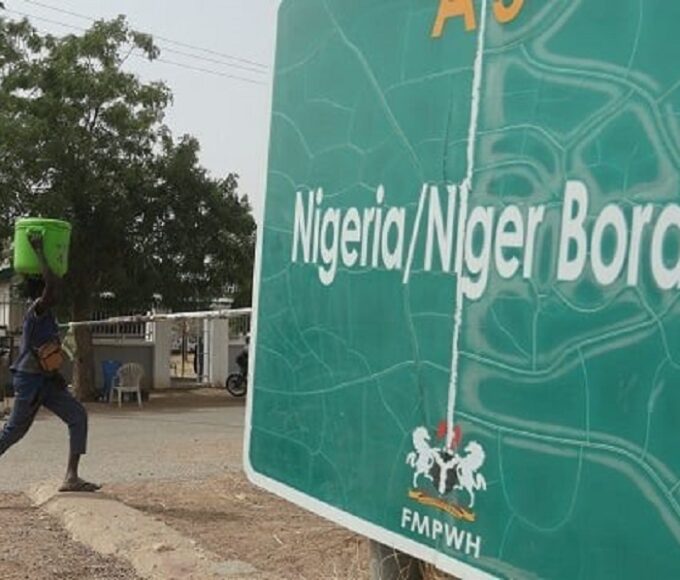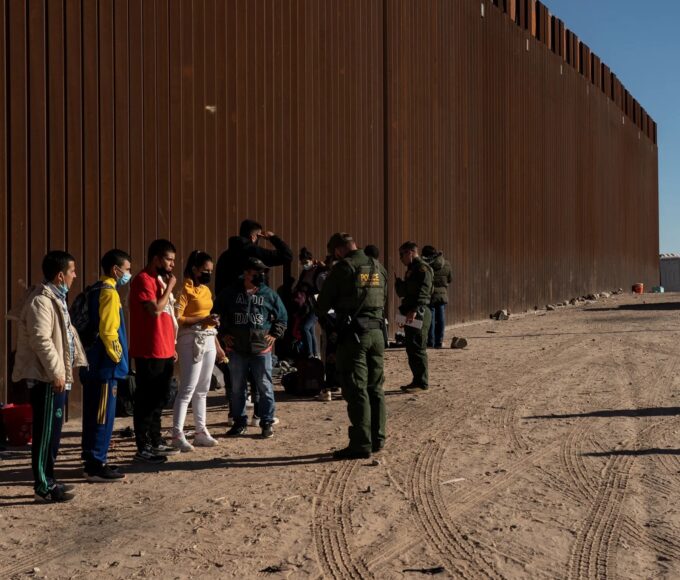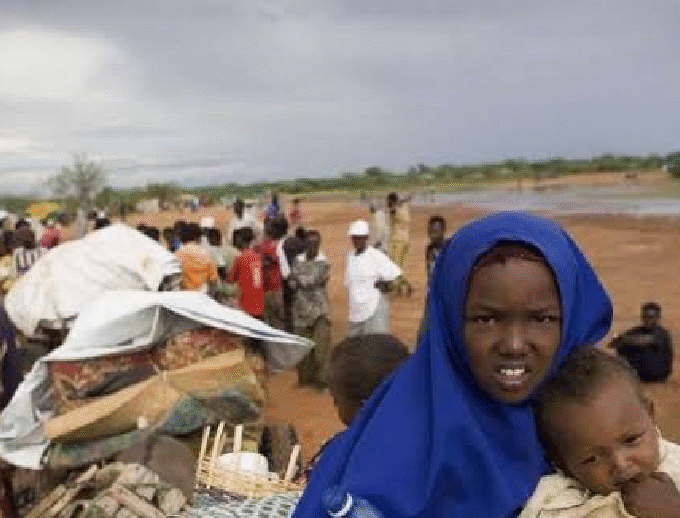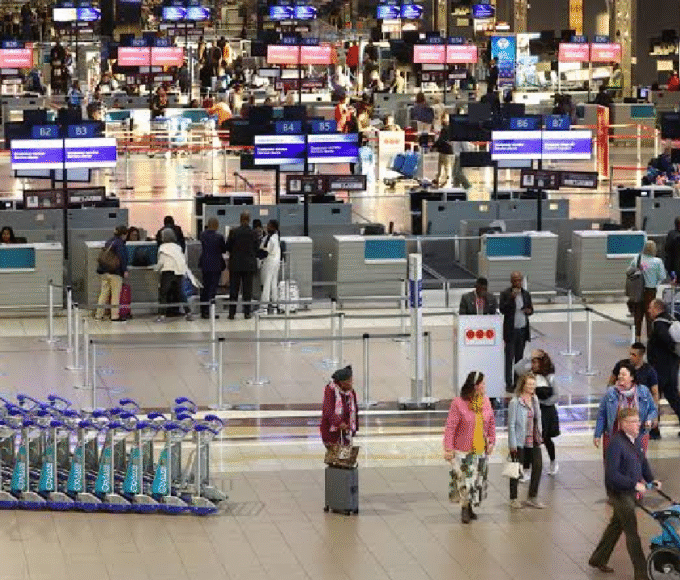Militarised Wildlife Protection: Linking Border Security with Conservation
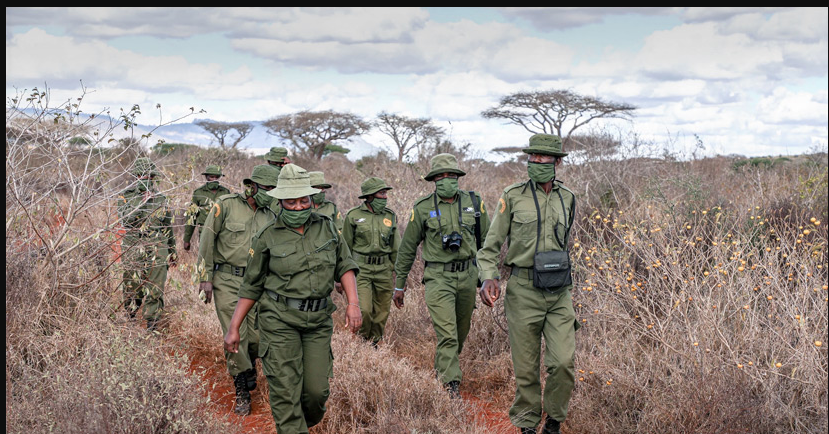
Across Africa’s vast and porous frontiers, the boundaries between conservation and national security are becoming increasingly blurred. From the Sahel to Southern Africa, militarised wildlife protection has emerged as a crucial strategy, as poachers and wildlife traffickers now operate with the sophistication of insurgent groups, often tied to transnational criminal networks and terrorism financing. The question facing African policymakers is no longer whether wildlife conservation should involve security forces, but how such militarisation can be effectively balanced with community engagement and ecological stewardship.
Wildlife as a Security Issue
Illegal wildlife trade is one of the world’s most lucrative black markets, estimated at over $20 billion annually, and Africa’s elephant ivory, rhino horn, and pangolin scales are among its most sought-after commodities. In regions such as northern Mozambique, South Africa’s Kruger National Park, and Kenya’s Tsavo ecosystem, poaching has evolved into a paramilitary operation. Armed groups equipped with AK-47s, night-vision goggles, and satellite phones often cross national borders with ease, highlighting the direct overlap between border security and conservation.
The African Union’s Peace and Security Council has, in recent years, recognised wildlife crime as a threat multiplier, with profits feeding organised crime and, in some cases, extremist networks such as al-Shabaab. For border forces and defence establishments, wildlife protection is no longer a secondary issue; it is integral to sovereignty and stability.
Militarisation on the Ground
Several African states have responded by deploying military units, special rangers, and cross-border task forces to protect wildlife reserves. In Tanzania, the paramilitary Wildlife and Forest Anti-Poaching Unit is armed and trained for combat-style patrols. Botswana has given its anti-poaching units the mandate to “shoot to stop” armed poachers crossing from neighbouring states. In South Africa, SANParks rangers in Kruger operate with surveillance drones, canine units, and close intelligence cooperation with the South African National Defence Force (SANDF).
Meanwhile, Kenya Wildlife Service (KWS) operates almost like a gendarmerie, blending conservation duties with border policing, particularly in porous northern regions. The militarisation of these agencies reflects the strategic realisation that poaching is not merely an environmental crisis but a national security challenge.
The Conservation-Security Dilemma
However, militarised approaches are not without controversy. Critics argue that “green militarisation” risks alienating local communities, who may see armed rangers as another extension of state coercion rather than partners in conservation. In some cases, reports of human rights abuses, including the harassment of pastoralist communities near protected areas, have undermined the legitimacy of anti-poaching operations.
Moreover, an overreliance on military responses risks neglecting the socio-economic roots of poaching. Many poachers are recruited from impoverished border communities, where alternative livelihoods are scarce, and where traditional cross-border mobility is being disrupted by conservation fences and patrols. Without addressing these economic drivers, militarisation alone risks treating symptoms rather than causes.
Cross-Border Models and Partnerships
Successful cases show that militarised wildlife protection works best when integrated into broader border security and community intelligence frameworks. The Kavango-Zambezi Transfrontier Conservation Area (KAZA TFCA), spanning Angola, Botswana, Namibia, Zambia, and Zimbabwe, represents one model. Here, border security cooperation is fused with conservation diplomacy, enabling joint patrols, intelligence sharing, and harmonised policies across five states.
Similarly, Uganda and the Democratic Republic of Congo have experimented with joint ranger-military patrols in Virunga and Queen Elizabeth National Parks, where poaching and rebel infiltration overlap. These examples highlight the feasibility—and necessity—of linking conservation with cross-border defence coordination.
The militarisation of wildlife protection cannot be dismissed as a passing trend; it is a reflection of evolving threats that straddle security and environmental domains. Yet the challenge for African states lies in striking a balance—deploying the necessary force to deter organised poaching syndicates while ensuring that conservation remains rooted in community trust and sustainability.
In the long term, technology will play a greater role. Drone surveillance, biometric tagging of animals, and AI-driven monitoring of cross-border wildlife corridors could reduce the need for heavy militarisation. However, without regional cooperation and socio-economic inclusion, no level of force will resolve the poaching-security nexus.
For Africa’s border forces, the lesson is clear: defending wildlife is defending sovereignty. But to succeed, the militarisation of conservation must evolve into an integrated model that connects border security, regional diplomacy, and community partnership.
- African Border Security and Conservation
- AI and Drones in Wildlife Protection
- Anti-Poaching Military Strategies
- Community-Based Anti-Poaching Solutions
- Green Militarisation Debate
- KAZA Transfrontier Conservation Model
- Militarised Wildlife Conservation
- Poaching and National Security Africa
- Transnational Wildlife Crime
- Wildlife Trafficking and Terrorism
King Richard Igimoh, Group Editor ALO
King Richard Igimoh, Group Editor African Leadership Organisation is an award-winning journalist, editor, and publisher with over two decades of expertise in political, defence, and international affairs reporting. As Group Editor of the African Leadership Organisation—publishers of African Leadership Magazine, African Defence & Security Magazine, and Africa Projects Magazine—he delivers incisive coverage that amplifies Africa’s voice in global security, policy, and leadership discourse. He provides frontline editorial coverage of high-profile international events, including the ALM Persons of the Year, the African Summit, and the African Business and Leadership Awards (ABLA) in London, as well as the International Forum for African and Caribbean Leadership (IFAL) in New York City during the United Nations General Assembly.
Recent Posts
Categories
- Air & Aerospace15
- Border Security14
- Civil Security3
- Civil Wars4
- Crisis4
- Cyber Security4
- Defense15
- Diplomacy17
- Entrepreneurship1
- Events5
- Global Security Watch6
- Industry6
- Land & Army7
- Leadership & Training3
- Military Aviation2
- Military History27
- Military Speeches1
- Naval & Maritime8
- Resources1
- Security12
- Special Forces1
- Systems And Technology8
- Tech6
- Uncategorized3
- UNSC1
- Veterans6
- Women in Defence9
Related Articles
BORDER SECURITY – LESSONS FROM ECOWAS BORDER MANAGEMENT STRATEGIES
Since its founding in 1975, the Economic Community of West African States...
ByKing Richard Igimoh, Group Editor ALONovember 21, 2025COMMUNITY INTELLIGENCE AT BORDERS: SUCCESSES AND FAILURES
Border security increasingly relies on community intelligence the collection and use of...
ByKing Richard Igimoh, Group Editor ALOOctober 6, 2025REFUGEE MOVEMENTS AND BORDER FORCE DILEMMAS
In today’s world of conflict, climate change, and widening economic divides, refugee...
ByKing Richard Igimoh, Group Editor ALOSeptember 24, 2025BIOMETRIC BORDERS: AFRICA’S EXPERIMENTS IN SMART SECURITY
Africa is undergoing a quiet transition in border management. Across the continent,...
ByKing Richard Igimoh, Group Editor ALOSeptember 16, 2025











